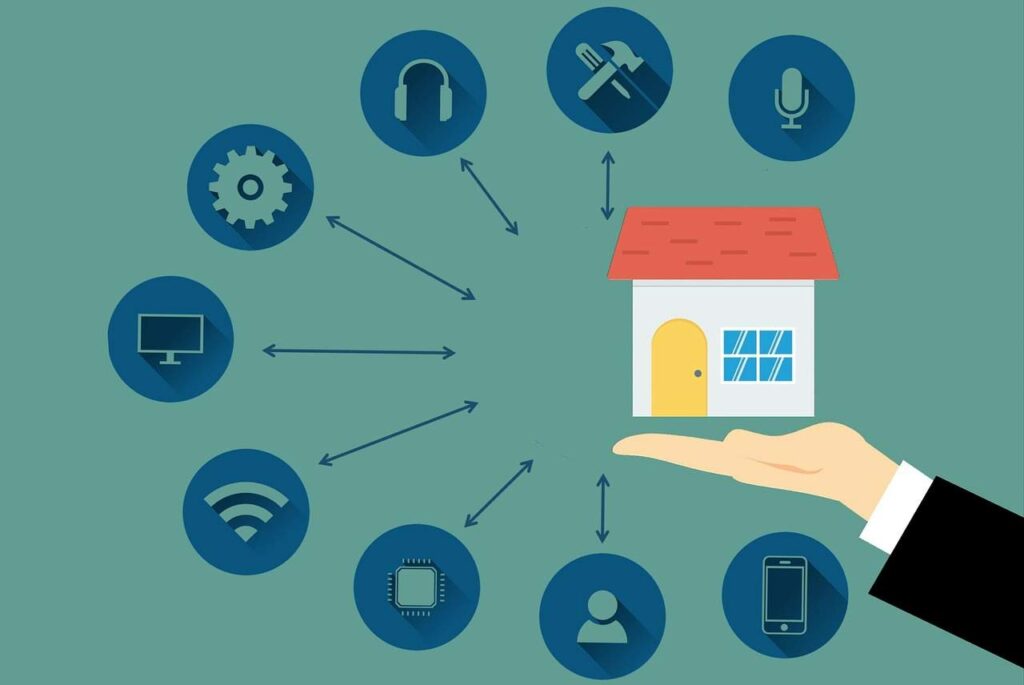Brisbane is an outdoor person’s paradise. With the sun shining almost 300 days each year, Brisbane is the ideal spot to engage in outdoor activities. Brisbane might be all sunny during the day, but when the sun goes down, Brisbane’s city lights are almost always on.
Brisbane has an extensive nightlife which is spread across both river banks. Outdoor and rooftop bars let tourists and residents enjoy the 270-degree views of the Fortitude Valley.
Most Brisbane residents enjoy going outdoors to eat out or to meet mates at the city’s hippest neighborhoods. However, residents who love to go out must be careful in leaving their homes unattended. Fortunately, services such as home automation in Brisbane allow residents to check on their homes even if they have gone out.
Table of Contents
What is Home Automation?
The advancement in industrial automation has allowed our world to have different processes automated. Factories are relying less and less on people’s resources and have mechanised and automated their production lines.
This same technology was applied to the housing industry. The same technology being used to automate factories are also being used to automate day-to-day processes within the home.
Appliances, light switches, door locks, and other mechanized processes in the home can be controlled remotely using computing devices such as your desktops, laptops, and smartphones.
The Benefits of Home Automation
Home automation allows the operations of various home appliances and amenities to be controllable by a central processing unit that can be accessed from your mobile devices.
This automation allows residents to conveniently turn off all their appliances when they are not at home. Also, home automation can automatically control all electrical devices in homes through pre-setting options to save on electricity.
For example, you can pre-set your home’s AC units to turn off during the coldest hours of early morning and rely on the ambient temperature until you wake up.
Centralised controlling of lighting fixtures can also allow you to turn on or turn off your lights in the safety of your room. Lights can automatically turn on when motion is detected. This ability will be advantageous to you in situations when there are trespassers on your property.
The Basics of Home Automation
Aside from the homeowner being able to control electric appliances remotely, home automation works through the use of sensors, controlling devices and actuators.
Sensors
Home automation systems use a variety of sensors connected to different electrical appliances. Sensors that detect light, temperature, motion, and other environmental elements are used to gather data. Sensors may include photodetectors, thermocouples or thermistors, pressure sensors, IR sensors, and other sensors.
Controlling Devices
The data coming from the sensors are then sent to controlling devices which will analyse the appropriate actions. These controlling devices will then send signals to the actuators. Controlling devices can include desktop computers, laptops, smartphones, or tablets.
Most often than not, home automation systems allow homeowners to control their homes using different devices. However, most intelligent control systems of automated homes can be installed in any room you desire and can be accessed through a touchscreen LED screen.
It is, however, advisable to install the main access panel of your home automation system near or in your master bedroom.
Actuators
Actuators are devices that are attached to different individual appliances. It may include relays, motors, limit switches, and other control mechanisms that control the usage of an electrical appliance or home equipment.
The reliability of any home automation in Brisbane relies on the quality of communication among the components of the system. Wi-Fi and Bluetooth technology are usually incorporated into the system using Wi-Fi communication in case the homeowner’s location is too far for Bluetooth connectivity.
Home automation systems also incorporate newer models of smart appliances that already have IoT or Internet of Things technology. This IoT allows communication between the different smart devices found within the home. For example, a Smart refrigerator may have built-in sensors that can detect which supplies are almost out of stock.
Erica Jones is a freelance writer and a GOT fan. Apart from writing Technologies, she likes to read & write fiction. More than anything, she loves to spend her time with her family, explaining technologies to the elders.

